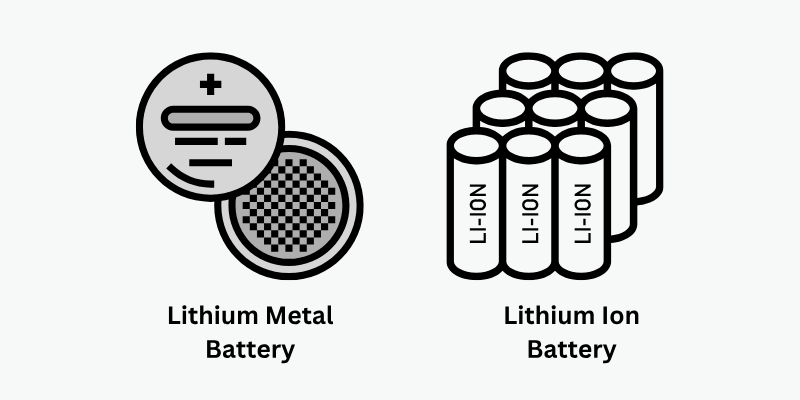В мире хранения энергии, батареи на основе лития важны для питания всего, от гаджетов до электромобилей. Есть два основных типа: литий-метал и литий-ионные батареи. Хотя оба используют литий, они значительно различаются по строительству, производительности, применению и безопасности. Давайте рассмотрим, что их выделяет!
Что такое литий-металлический аккумулятор?
Литий-металлическая батарея использует металлический литий для своего анода, что позволяет ему упаковать много энергии в небольшое пространство. При обвинении ионы лития перемещаются в анод и образуйте металлический литий. Когда батарея используется, эти ионы возвращаются к катоду, высвобождая энергию в процессе.
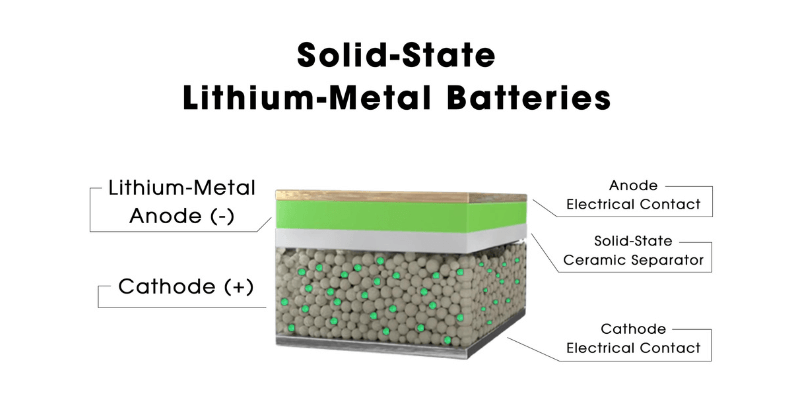
Литий-металлические аккумуляторы
Литий-металлические батареи обеспечивают ключевые преимущества, как показано ниже:
- Более высокая плотность энергии: батареи литий-металлов могут хранить больше энергии в меньшем пространстве, что потенциально приводит к более длительным устройствам и большему диапазону для электромобилей.
- Более легкий вес: их легкий дизайн делает их идеальными для портативных приложений, таких как смартфоны, ноутбуки и электромобили, снижая общий вес устройства.
- Более быстрая зарядка: литий-металлические батареи обеспечивают более быструю зарядку, пополняя питание аккумуляторов за меньшее время.
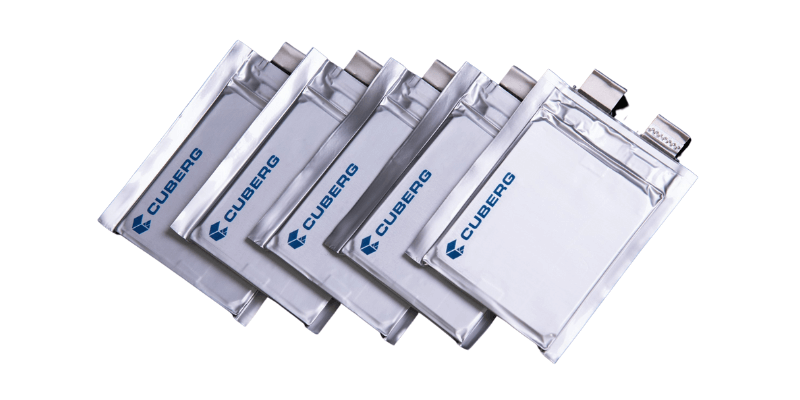
Ограничения лития-металлической батареи
Литий-металлические батареи также поставляются со значительными ограничениями, которые необходимо решить:
- Проблемы безопасности: дендриты могут образовываться из литий -металлического анода, прокалывая сепаратор и вызывая короткие замыкания, перегрев или пожары.
- Ограниченный велосипедный срок службы: литий-металлические батареи имеют более короткий цикл жизни чем литий-ионные батареи из-за образования дендритов, которые повреждают емкость с течением времени.
- Производственные проблемы: производство литиевых металлов является более сложным и дорогостоящим, чем производство литий-ионов из-за реакционной способности лития, требующей специализированной обработки.
- Чувствительность окружающей среды: эти батареи чувствительны к изменению температуры и требуют точного контроля условий работы для оптимальной производительности и безопасности.
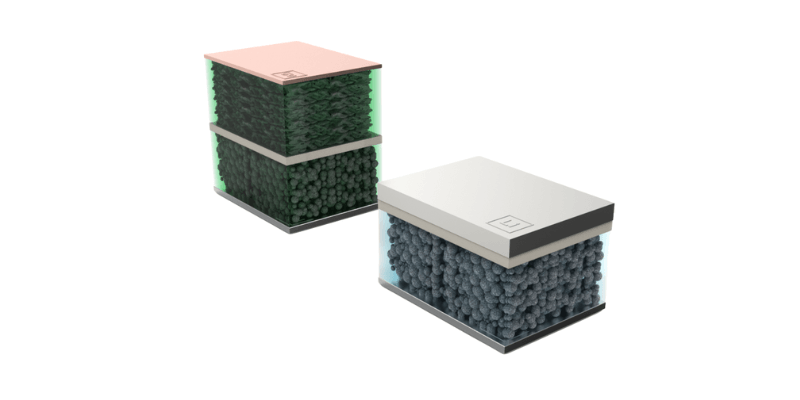
Что такое литий-ионная батарея?
Литий-ионные аккумуляторы Используйте углеродные материалы, такие как графит для их анода. Основными компонентами этих батарей являются катод, анод, сепаратор и электролитПолем При обвинении, ионы лития перемещаются от катода в анод через электролит и остаются там. Затем, когда вы используете ваше устройство, они возвращаются к катоду, создавая электрическую энергию для его питания.
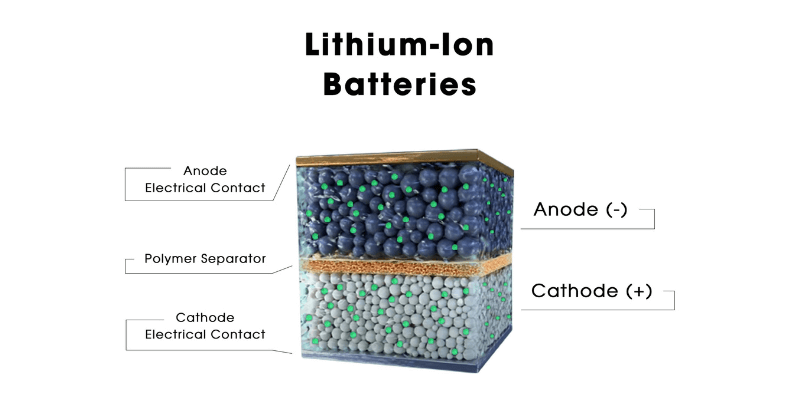
Литий-ионные аккумуляторы
Литий-ионные батареи популярны из-за их впечатляющих преимуществ:
- Высокая плотность энергии: литий-ионные батареи обеспечивают значительную мощность в небольшом пространстве, позволяя устройствам быть меньше и легче, сохраняя при этом длительное время автономной работы.
- Перезаряжаемая: в отличие от одноразовых батарей, литий-ионные батареи можно неоднократно заряжать, экономить деньги и сокращать отходы.
- Нет эффекта памяти: в отличие от старых батарей, которые нуждались в полных разрядах перед перезарядкой или риском потери мощности, литий-ионные батареи могут быть заряжены в любое время, не влияя на срок службы.
- Низкий саморазмер: эти батареи теряют меньше зарядки с течением времени, когда они не используются, что дольше удерживает их заряд.
- Разнообразие применений: литий-ионные батареи универсальны и используются во многих устройствах, от смартфонов до электромобили.
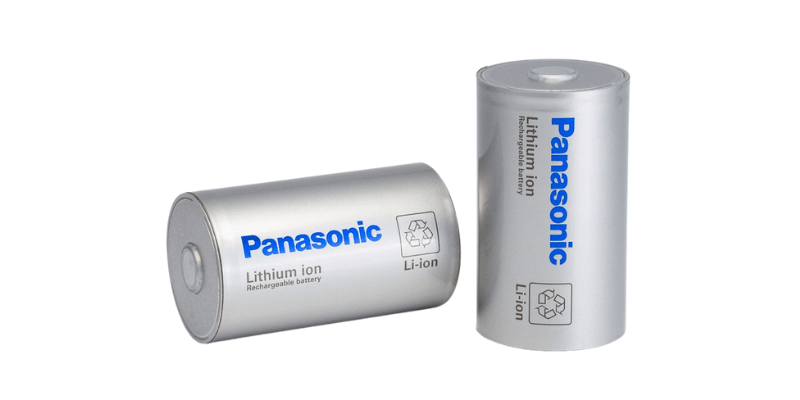
Ограничения лития-ионной батареи
Литий-ионные батареи широко используются, но имеют ограничения:
- Стоимость: литий-ионные аккумуляторы дороже производства, чем более старые типы батарей. Эта более высокая стоимость может повлиять на доступность устройств, которые на них полагаются.
- Ограниченная продолжительность жизни: хотя их способность удерживать заряд снижается с течением времени, требуя замены из-за внутренних химических изменений.
- Проблемы безопасности: поврежденные или перегретые литий-ионные батареи могут представлять собой риск пожаров и привести к “термический побег,” потенциально вызывает пожары или взрывы. Следующие инструкции производителя для зарядки и хранения имеют решающее значение.
- Воздействие на окружающую среду: горнодобывающий литий и другие материалы оказывают негативное влияние на окружающую среду, и для предотвращения загрязнения необходима надлежащая утилизация.
- Чувствительность температуры: экстремальные температуры могут влиять на производительность и продолжительность жизни; Они работают лучше всего в определенном температурном диапазоне.
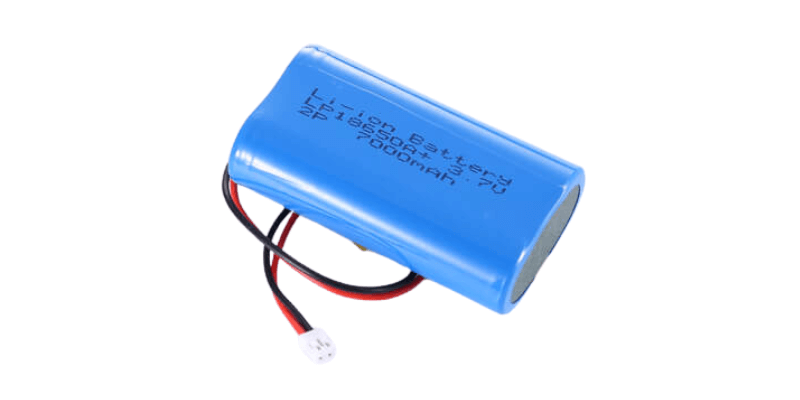
Ключевые различия между литий-ионной батареей и литий-металлической батареей
Вот краткое изложение ключевых различий между литие-металлом и литий-ионными батареями:
Анодный материал
- Литий-ион: использует графит в качестве анода, интеркалирующего литий-ионов в своей структуре.
- Литий-металл: использует чистый металлический литий, что позволяет повысить емкость ионного хранения.
Плотность энергии
- Литий-ион: хорошо плотность энергии но ограничено емкостью анода на основе углерода.
- Литий-металл: гораздо более высокая плотность энергии обеспечивает более длительные устройства и больший диапазон электромобилей.
Пополнение
- Литий-ион: перезаряжаемый, позволяющий повторить использование.
- Литий-металл: Большинство из них не являются переосмысленными, но исследования продолжаются, чтобы сделать их перезаряжаемыми.
Безопасность
- Литий-ион: как правило, безопасно, но может представлять собой риски пожара, если он поврежден или используется.
- Литий-металл: более высокие риски безопасности из-за образования дендритов, которые могут вызвать короткие замыкания и пожары.
Цикл жизни
- Литий-ион: хороший велосипедный срок службы, длительный сотни или тысячи зарядов до ухудшения.
- Литий-металл: более короткий срок службы цикла из-за необратимого ущерба от дендритов во время зарядки/разрядки.
Коммерческая доступность
- Литий-ион: зрелая технология, широко доступная для устройств.
- Литий-металл: в основном на этапах исследования; Проблемы безопасности и срока службы безопасности препятствуют коммерциализации.
Расходы:
- Литион-ион: снижение производственных затрат из-за зрелых технологий.
- Lition-Metal: более дорогой из-за сложностей производства и более низких объемов.
Заключение
Литий-металлические батареи имеют больше энергии, но они сталкиваются с проблемами безопасности и продолжительности жизни из-за формирования дендритов. Прежде чем они смогут заменить литий-ионные батареи, эти проблемы необходимо решить. К счастью, исследователи усердно работают над решением этих проблем.

